

News and olds
10 / Testing rig performance 28.10.2002
This was an informative test in many ways for future considerations (the case of a big production, a TV series); it's not extremely valid for our current short film which is a quite short journey, but since AS5 rigs bring some issues in terms of speed, I wanted to know if we can improve fps rates of our rigs. Maya 2020 brings cached playback which could be quite helpful but since we are using Maya 2018(probably more stable too) to synchronize the team so it's still an issue for us.
Our character is quite complicated (many blendshapes, hoodie
opening, softmods, head s&s, bendy joints, extra phonemes, etc.) so it
was necessary to optimize some settings. It makes sense to retain as many
options as possible in your master rig file (such as underneath body,
softmods, blendshapes) for different final rig outputs (e.g. in case of a
different outfit) but for each rig case, unneeded objects, nodes and SDKs
have to be deleted for best performance. So, let's talk about
the results. The big performance gains come from reducing blendshapes
as much as possible (may not be a feasible solution for everyone) and
converting softmods, heavy deformers into skin weights if possible. The other point is quite obvious, cleaning the scene, meshes and unused systems from the rig file. A transform, deletedface, unnecessary history node can affect fps downwards (3-4fps in my case) incredibly. I tested a cut-out rig as you can see in the image, but fps increase compared to the final rig was quite small (a 0.3fps change). My understanding is that mesh reduction at articulation points helps, yes, but it's generally not the main culprit for performance. Obviously, non-smoothed meshes give better results (hit 0 in Maya) or an overall mesh reduction for the proxy rig. Another handy parameter is Evaluation mode in newer Maya versions. Parallel evaluation helps tremendously compared to DG, sometimes as much as 2X times. All of the gains resulted in an increase from 6fps to near 19fps for our rig, which I think is quite good.


09 / Parkour Animation Test 27.09.2001
A small test using Unreal mannequin. I was trying to find out whether to animate the short film in 2s in general (traditional hand-drawn animation, feels snappier, impactful) or in 1s (majority of CG animated movies, smoother feel, detail oriented). I think 2s will provide a more coherent and stylized taste for the anime essence of the short and will be our first choice but we may change our minds at the beginning of animation production.
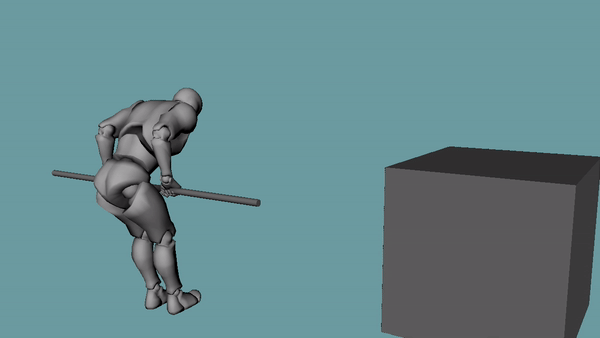
08 / More Rigging Experiments - II 26.08.2000
This was just for testing the sticky system used on lips on the hoodie zipper. It was not needed for the production rig since there's no zip opening action in the short, besides it makes the rig heavier and I'm not sure if we could transfer the system into Unreal Engine other than using animated mesh transfer such as Alembic.
07 / Rigging Experiments - I 25.07.1999
I'm not sure if there's another system allowing to transfer blendshapes between models with different topologies, but Facial Animation Toolset (https://animationsinstitut.de/en/research/tools) was the only I could find. I already gave it a shot (check below) but couple of months ago I wanted to try it again with improved topology. The results weren't that bad, with good skinning you can get decent results but still, I think for best results the source and target topologies should match. In that case, I believe plug-ins such as SHAPES (http://www.braverabbit.com/shapes/) can become very handy since FAT is a bit outdated and limited in terms of controls.
06 / Rig the System 24.06.1998
Facial rigging is tough and for most projects, one wouldn't want to spend too much time on it for creating previs characters but I just wanted to check if it's possible to create one without too much skinning, tweaking effort. I found a plug-in named facial animation toolset to do it fast & easily but wasn't happy with the results (shapes are not expressive as we seek and some unwanted realism boundaries are introduced due to plug-in's goals); so decided to employ a more customizable and flexible facial rig system only during the real production. I thought HumanIK (rigged body) systems would be enough at this phase, so created some proxy Maya sets and HumanIK character rigs for previs. During this time, I also noticed that Unreal Engine provides nice amount of flexibility and better visuals in terms of creating pre-production sets and the final look. After figuring out rough timings for shots and whole acts, we will build the city section in Unreal and see how it can be improved with customizations, additions and more detailed assets afterwards.



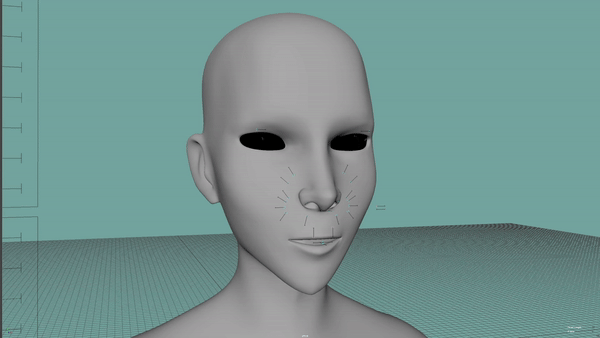
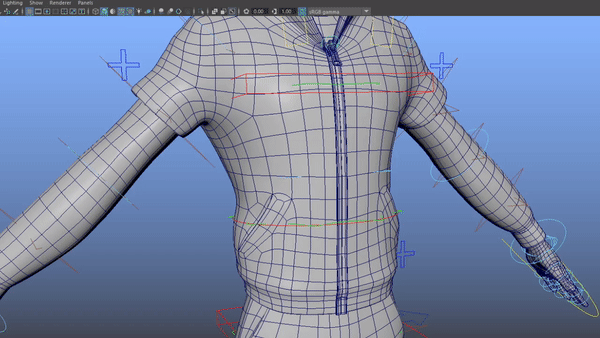
05 / Homeless Mike 23.05.1997
Since I haven't posted for a long time, it's time to post another; this time an actual production asset. Here are WIP images of the homeless character in our prologue. Apart from main and secondary characters (including a mysterious one), he will be the only other character, an outsider. His model is still in WIP (approx. %80 done), since he has to be stylized more in order to belong into the world of Port Metropolis.



04 / Port City 22.04.1996
In order to create a practical pre-vis environment/city quickly, I'm trying to find a good building/city generator plug-in/script operating in Maya or Unreal. It can be a quite interesting path to use one of them for pre-vis now and later as a reference not only for compositions, cinematography but also for the organization of the city.



03 / Real, Not Real, Unreal 21.03.1995
Currently, we are exploring possibilities to work with Unreal 4 game engine for our short film; since it's pretty user-friendly and provides a faster workflow, needs less workforce need in terms of rendering, effects, lighting, etc. and provides higher level pre-vis capabilities. Although we have to learn the engine thoroughly and its Maya integration well enough to produce a high-quality short film, the path looks exciting. Right now, only one of our CG character models is finished (waiting to be textured); two are work in progress (there is also comprehensive rigging phase afterwards), so we only had a chance to animate with Unreal mannequin to explore engine's animation system. Soon, there will be more news and blog posts about this.
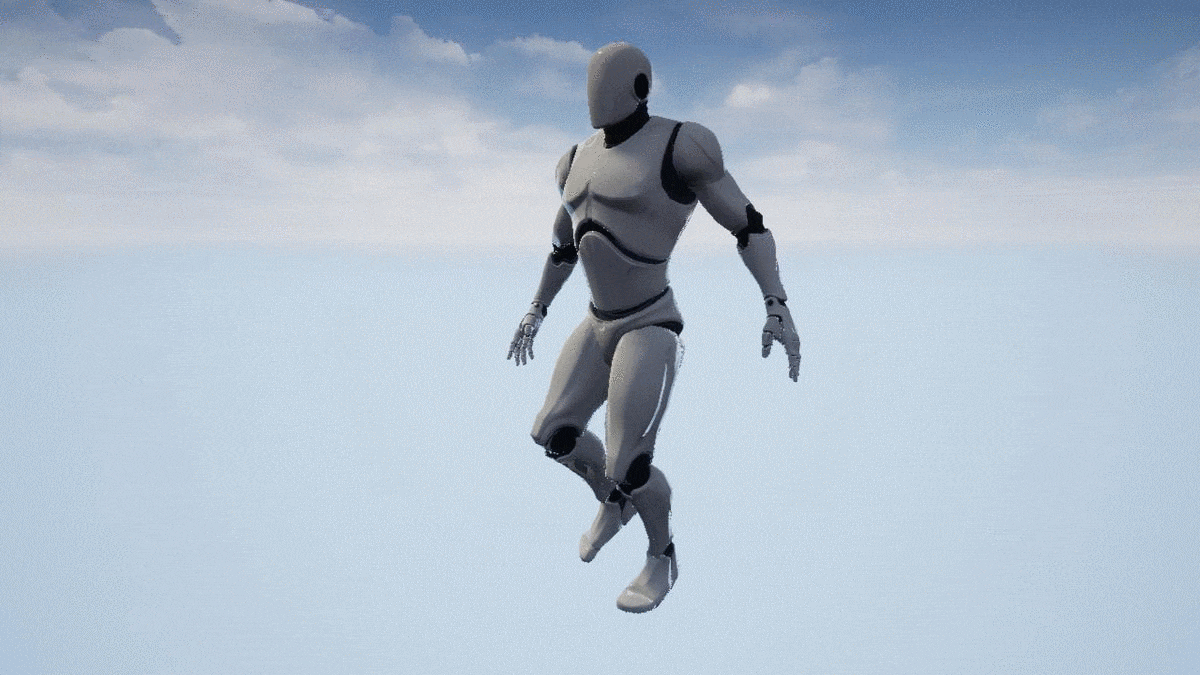
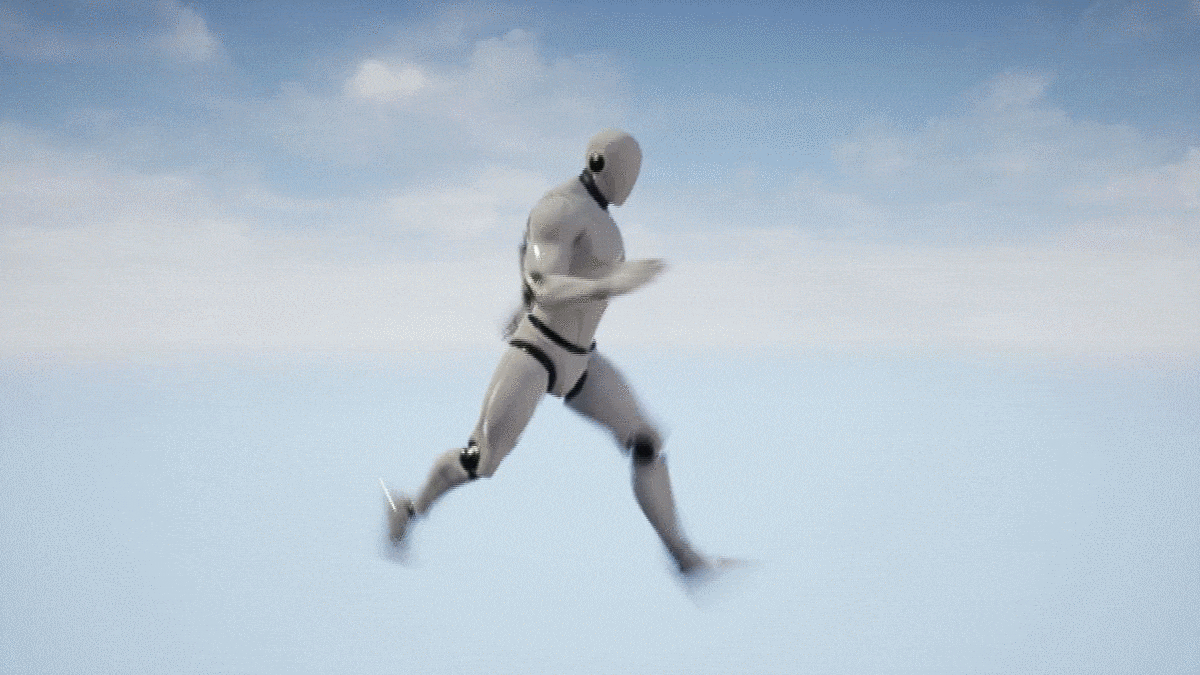
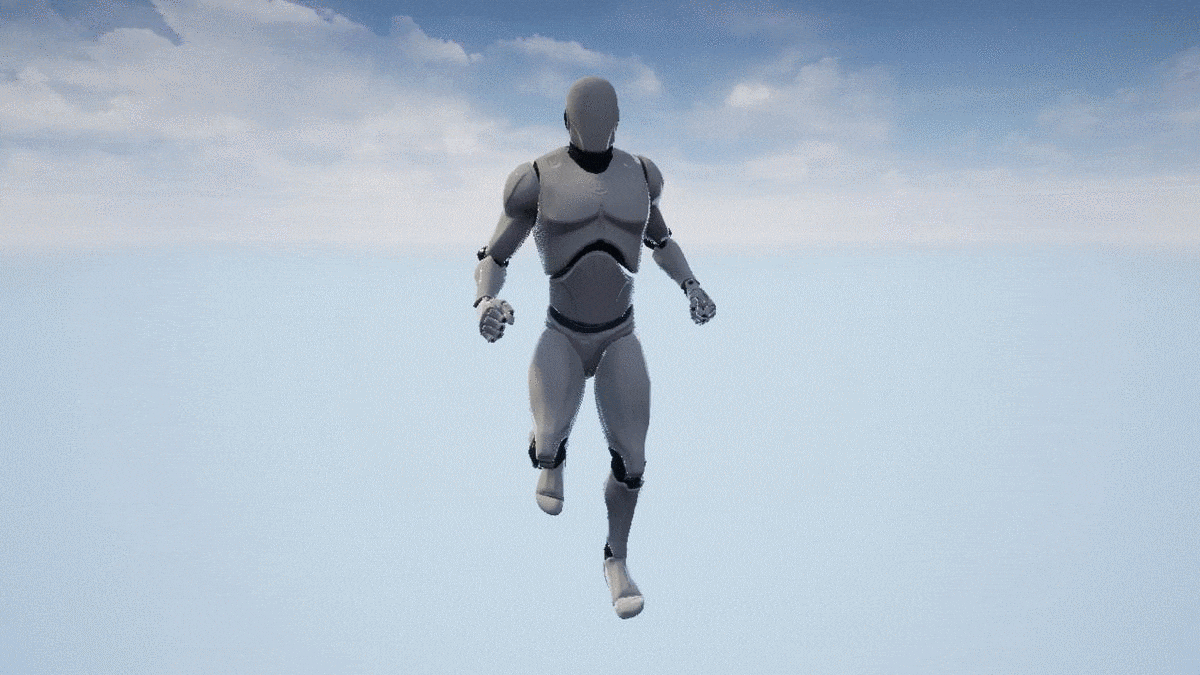
02 / Colorful Noir 20.02.1994
SHIFT is an ambitious CG short film project (set in Port Metropolis in the early 1990s), not only in terms of quality but also originality and creativity while maintaining its feasibility (due to its 6 min. prologue's compact and unique structure). It will be a sci-fi noir series overall and will be combining "anime style" animations with new-gen animated feature film design inside an interesting animated universe. While dynamic and exaggerated poses & snappy animation look of anime will be preserved to a huge extent; some artistic choices and story elements will be generally grounded more on reality due to the nature of the story and genre.
We believe that maintaining an appealing and vibrant style of anime form, merging it with modern Western designs & animations and having a darker (noir) & content-heavy psychological essence in emotional scenes will provide us with a unique chance of creativity and a secondary goal of supporting our storytelling objectives. We think real tragedy can be much better executed and understood by clever comedy and irony through the protagonist's point of view, so contrasting dark moments with comedic material will be something which we will keep in mind.
01 / Run Amok 19.01.1993
Greetings from Port City, where possibilities look limited but may actually be "endless". To see the possibilities, one should be willing to observe and work accordingly though. So did a promising physics student in 1993. On a night which seems ordinary and irrelevant to the most, our protagonist, Marie persistently works on a device which may trigger an alternative future in the long run, bringing dark agents into her universe. After the incident, long time rebel and parkour runner David and his eccentric group will provide a helping hand. Join Marie, David and various others in their quest to survive (or more?) despite some fearsome adversaries.
